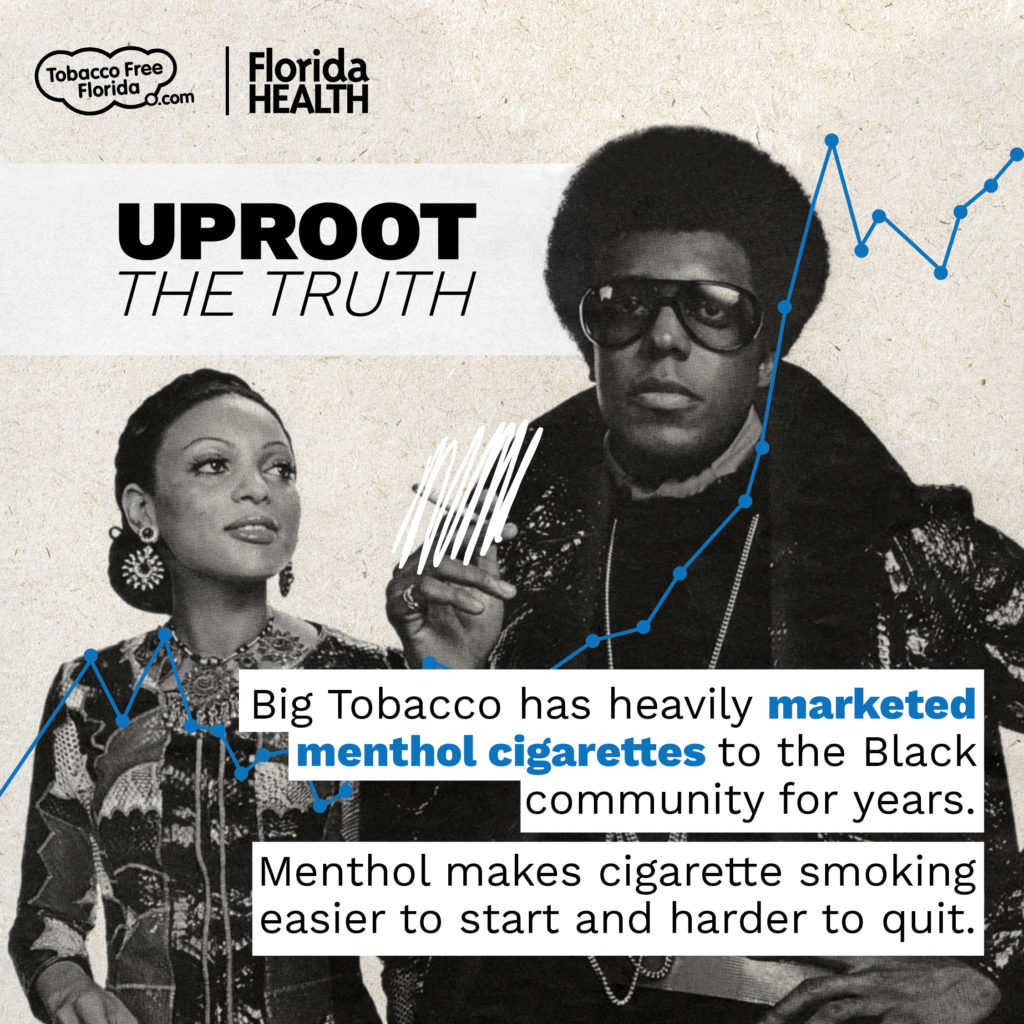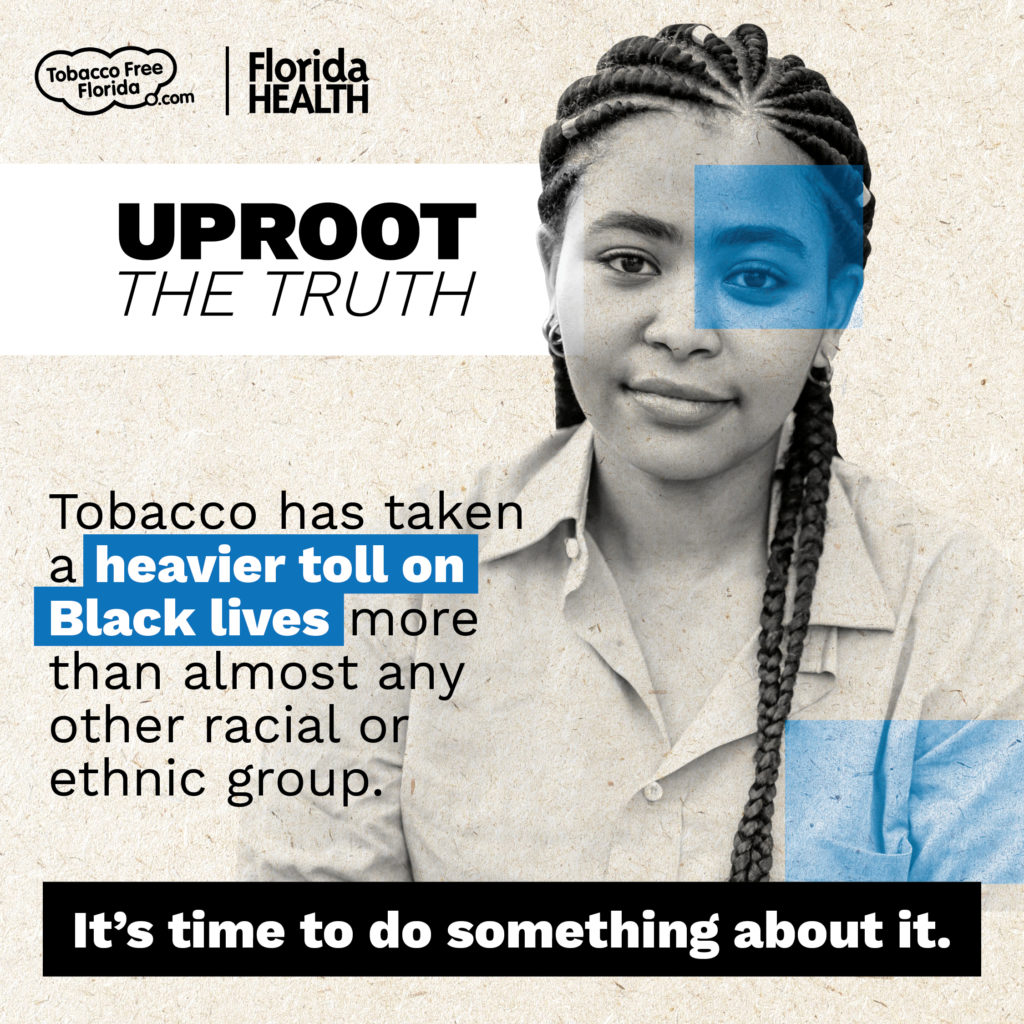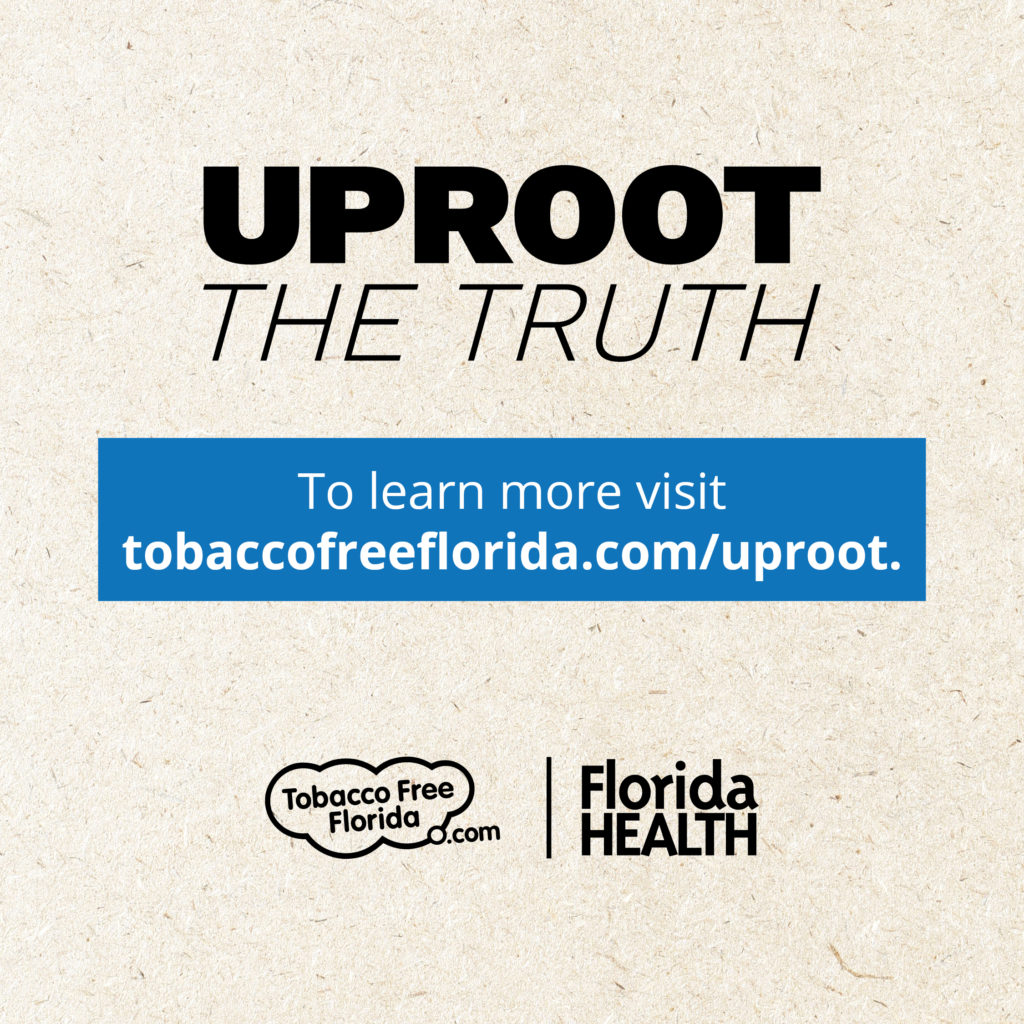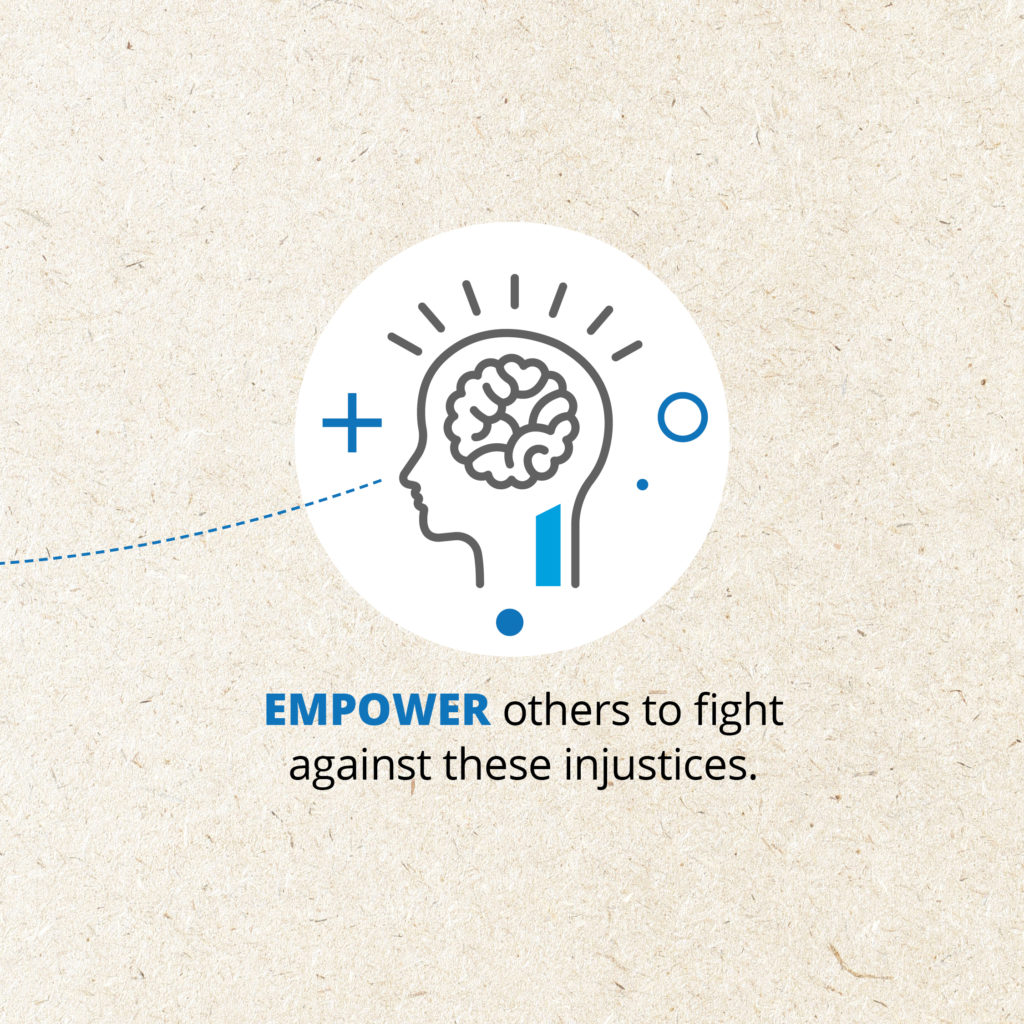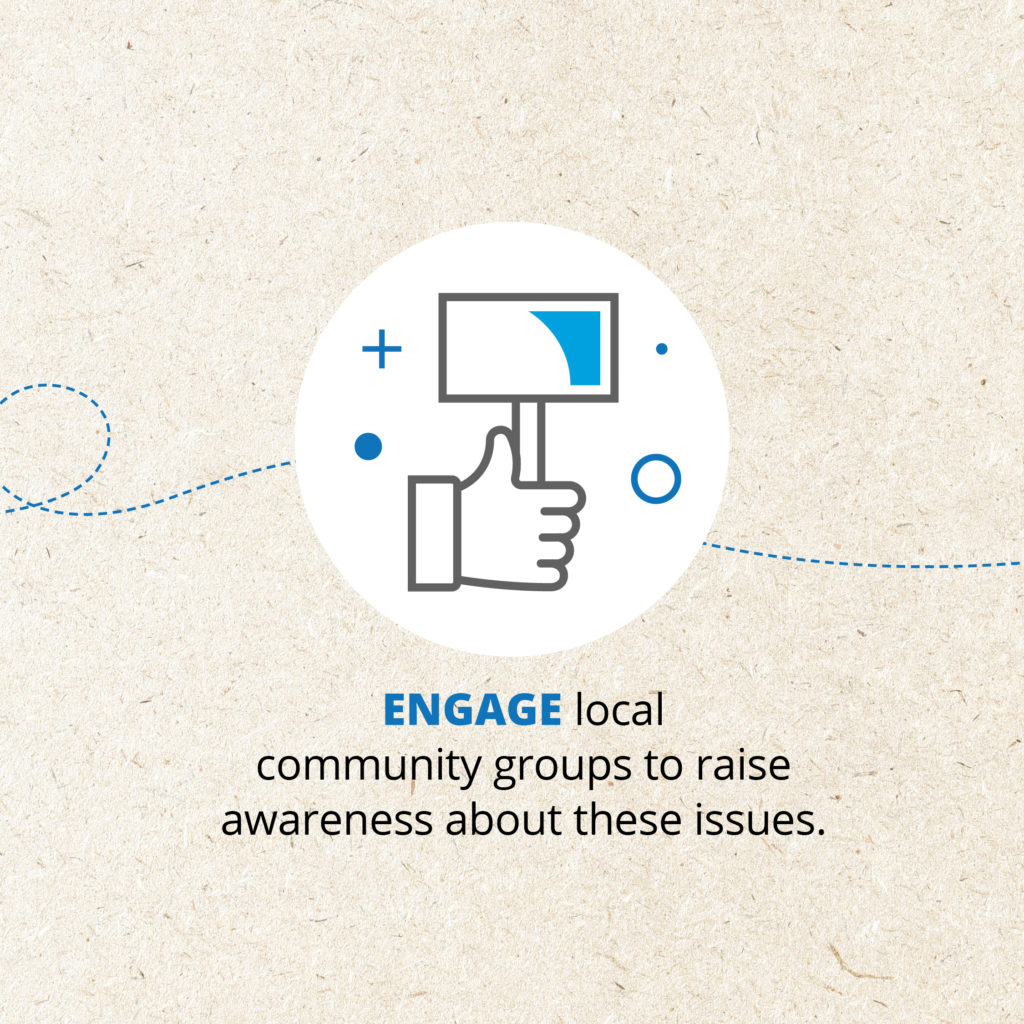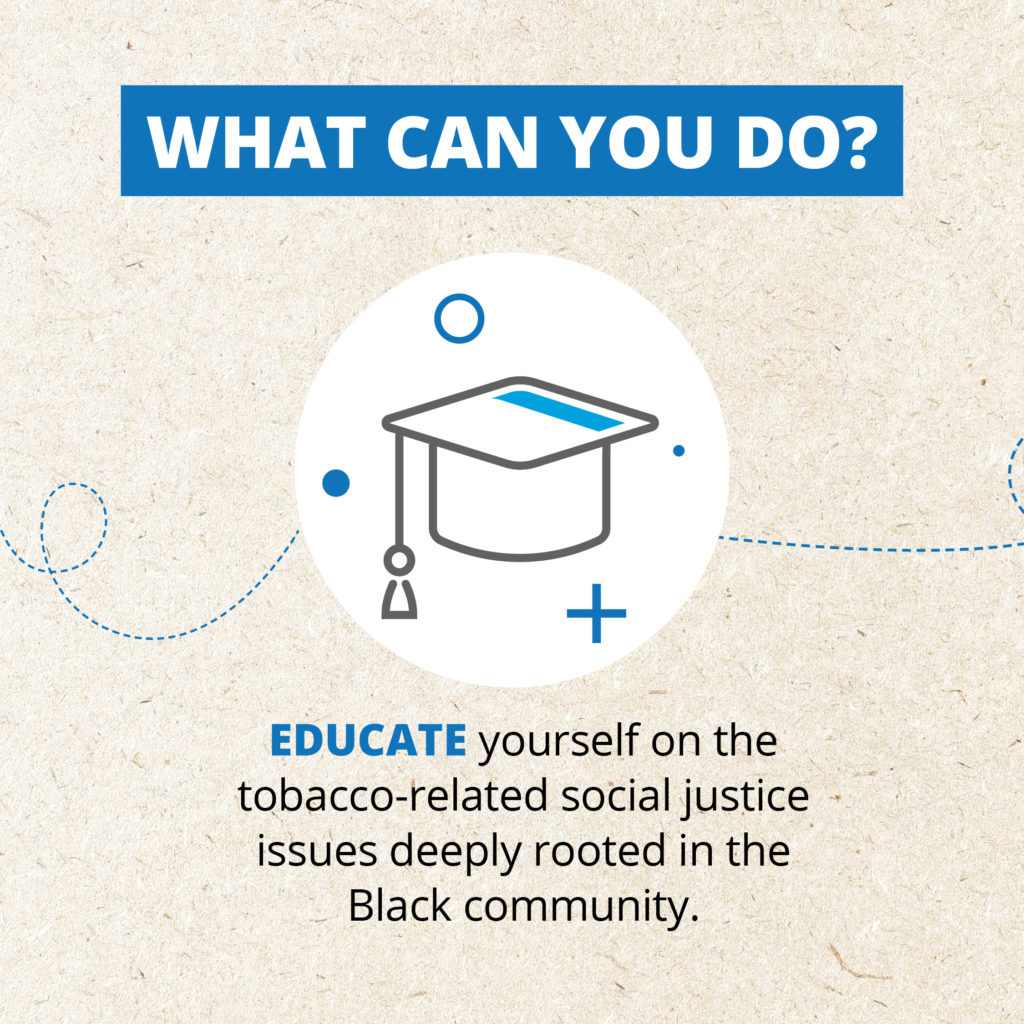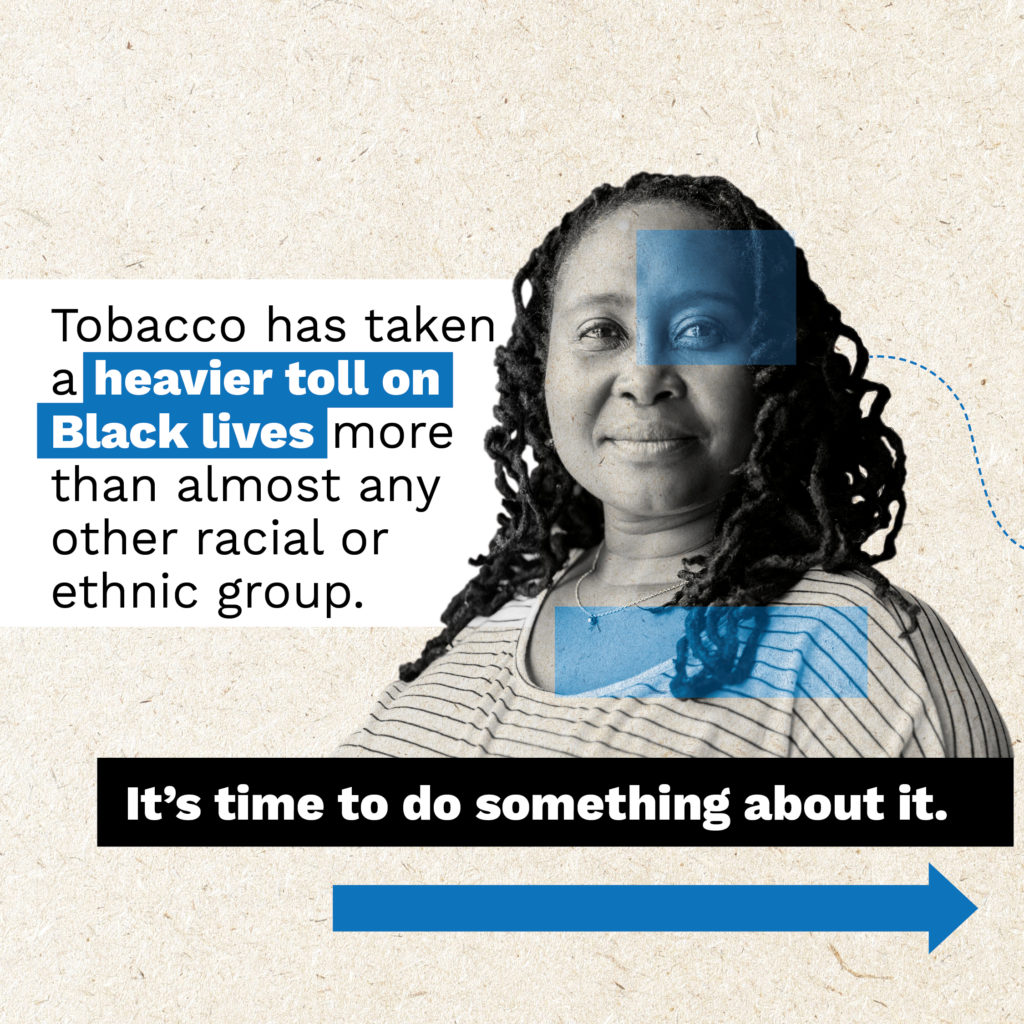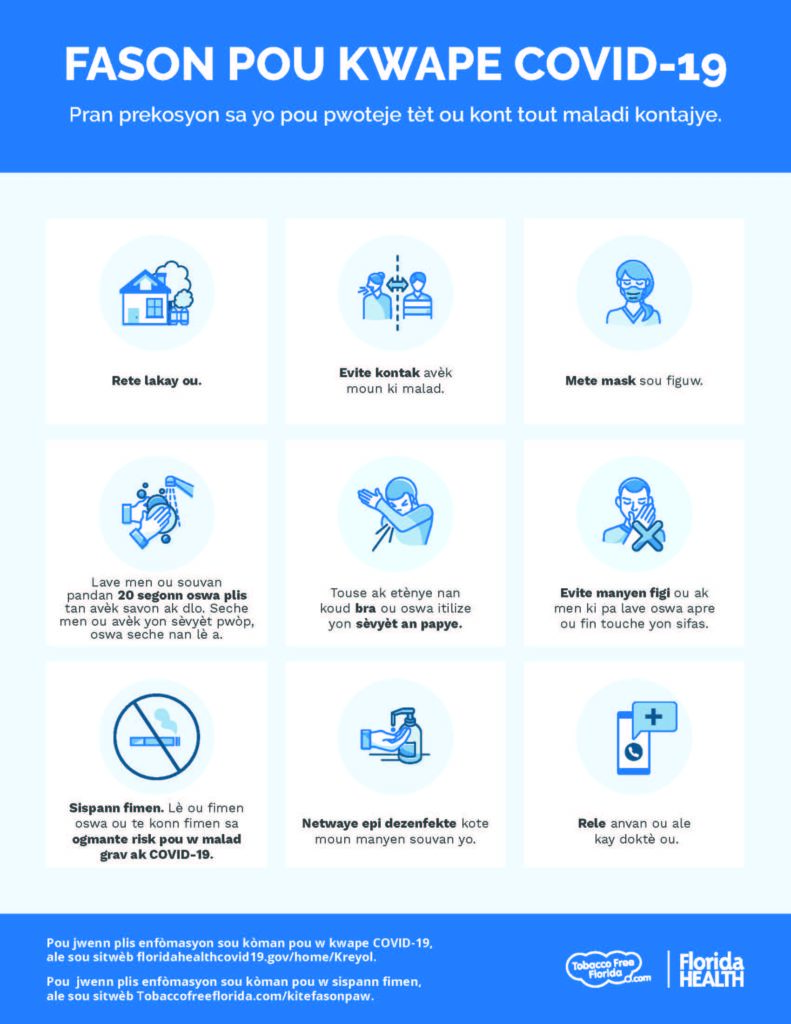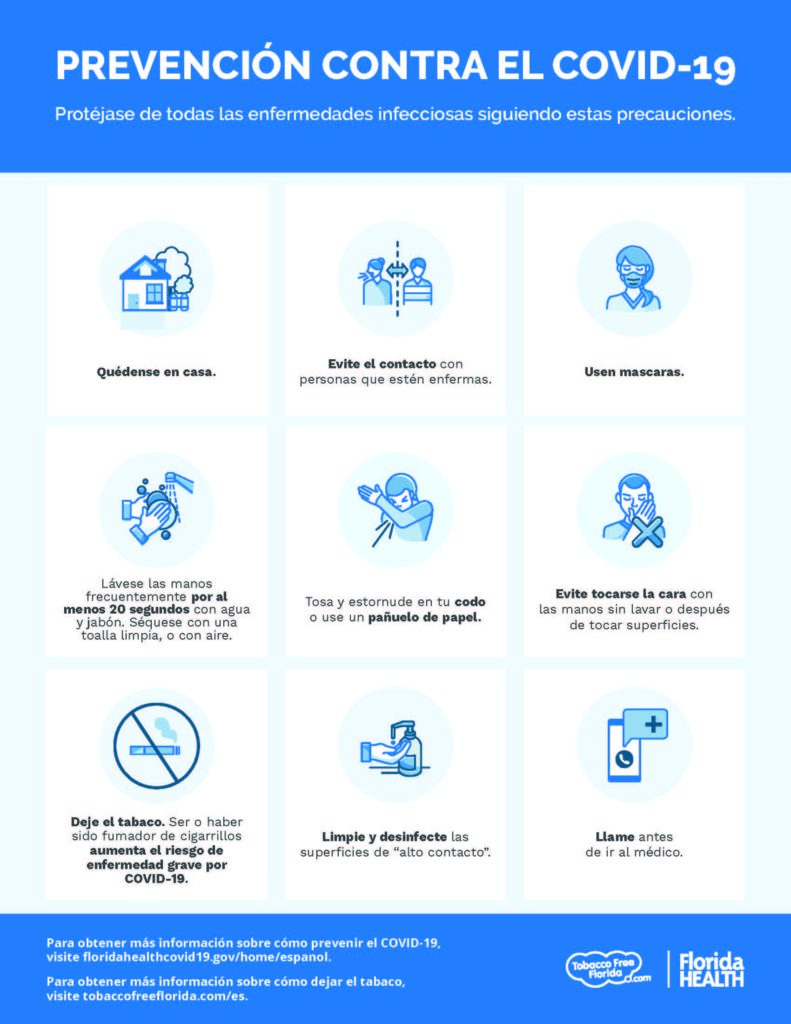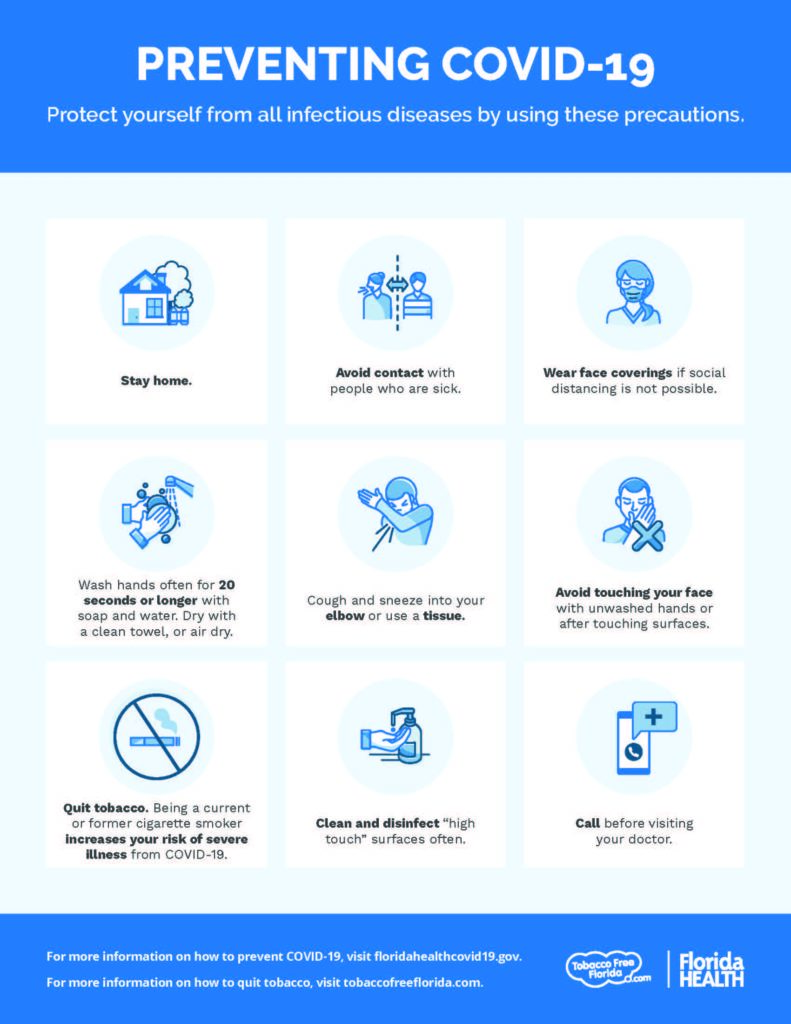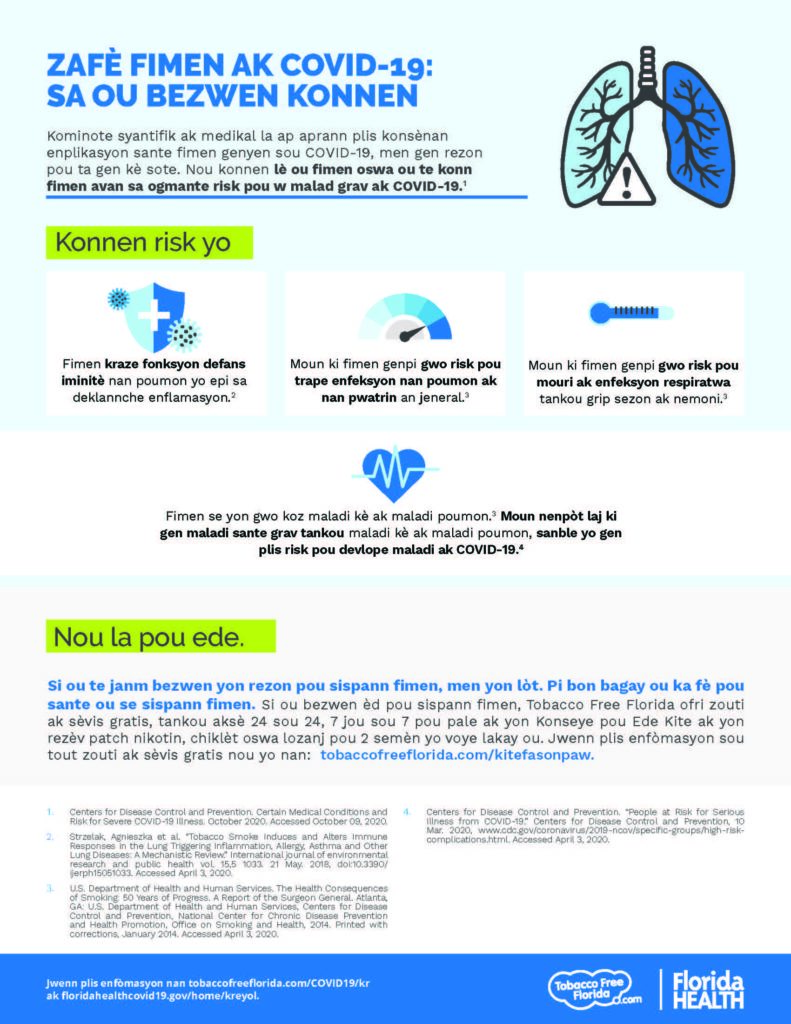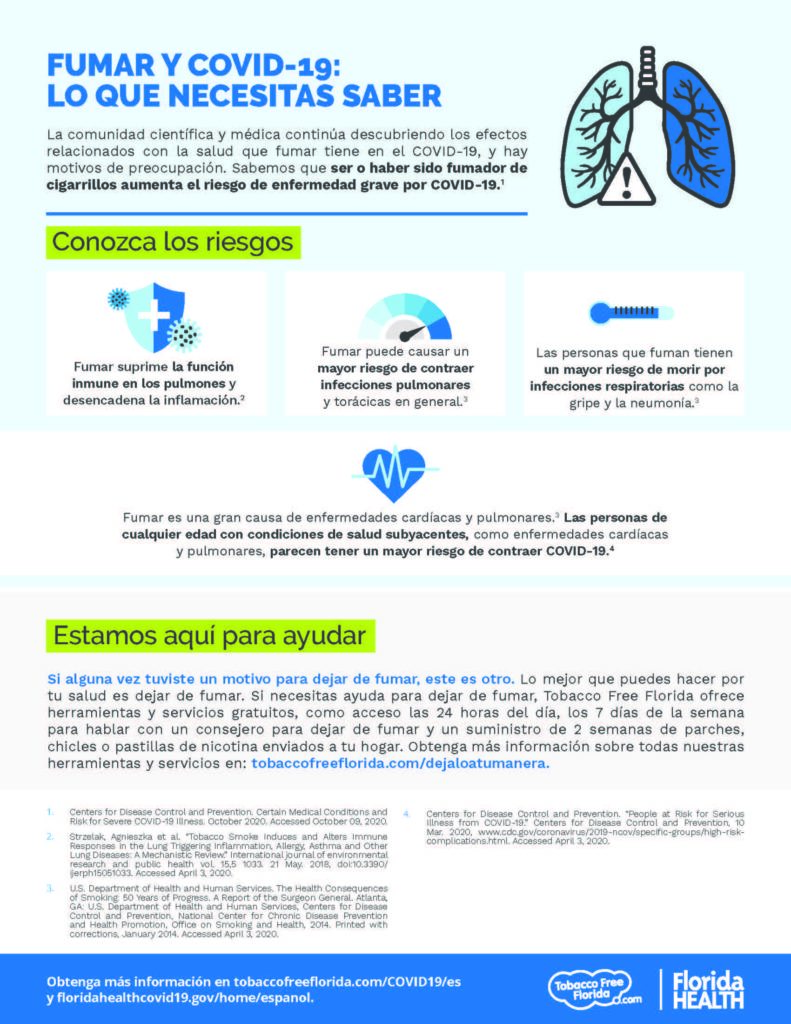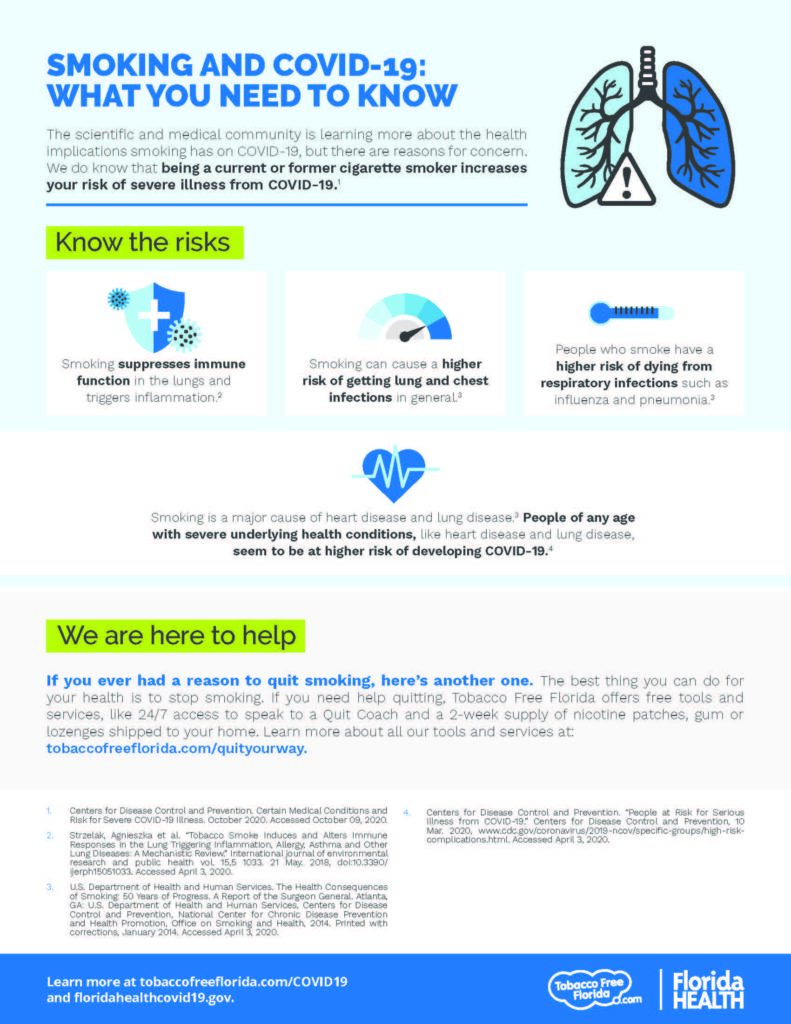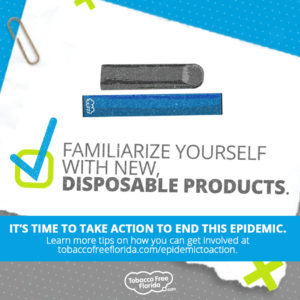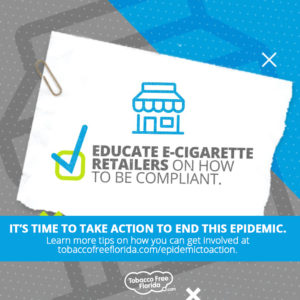Perspective on E-Cigarettes vs. Standard Cigarettes
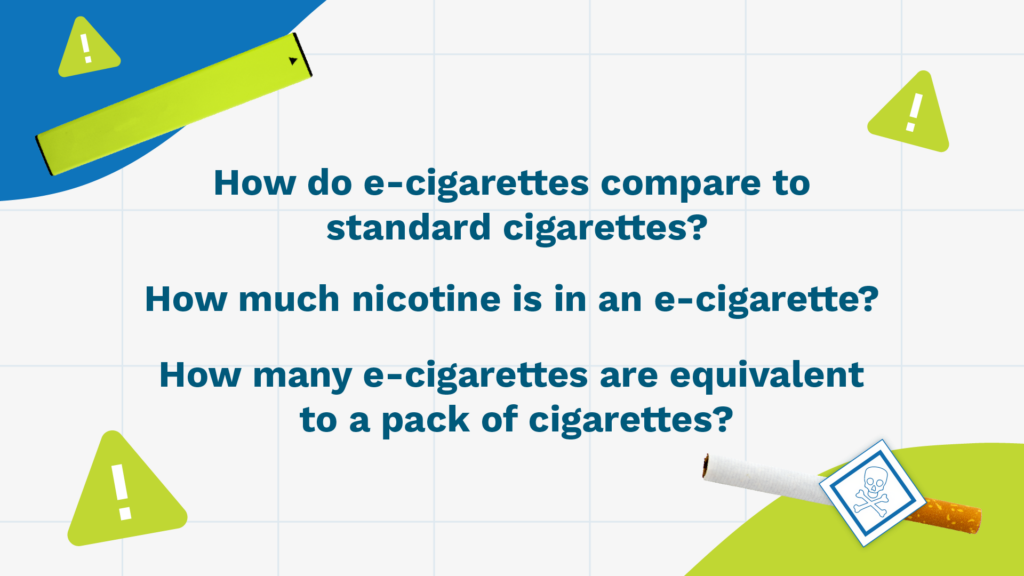
Medical professionals, public health leaders and researchers are often asked questions like these about electronic cigarette products. The truth is when it comes to the health risks and the exposure to harmful chemicals that come with e-cigarettes, there are no easy answers.
It is certainly understandable why people want to compare the products and their relative harm. Both contain nicotine, a highly addictive and harmful chemical.[1] But there are several reasons why the two types of nicotine delivery may be difficult to compare.
Independent research found e-cigarette packaging nationwide is often misleading or even completely inaccurate on the product’s nicotine level.[2] Sometimes e-cigarette packages claim the device contains no nicotine, but when tested the product in fact contained high levels of the addictive and harmful substance.[3]
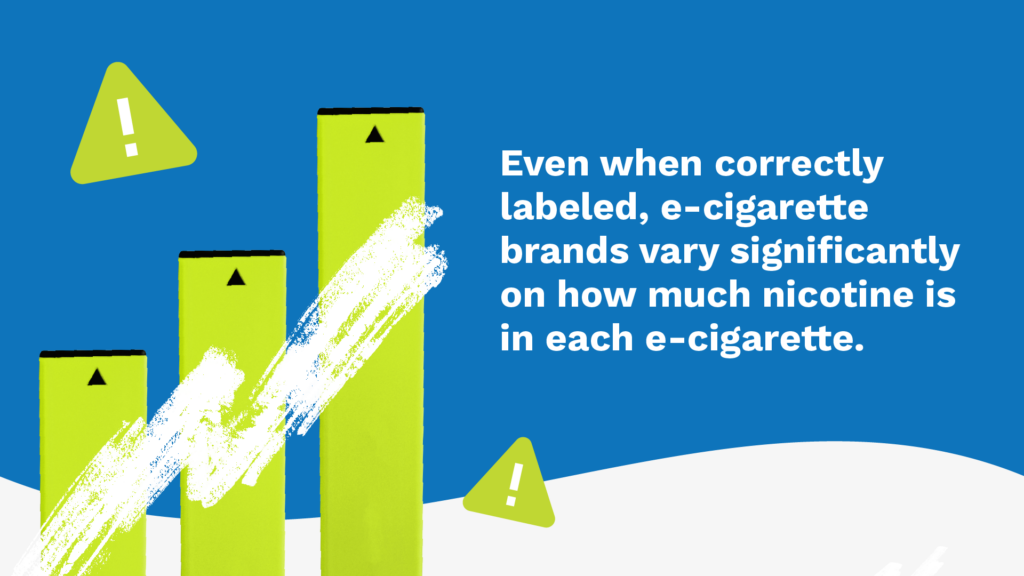
Some studies compared JUUL pods to a pack of cigarettes, and the claim one pod was roughly equivalent to one pack of cigarettes.[4] However, the studies found the amount of nicotine varied dramatically from pod to pod, making any comparison loose at best.[5] JUUL’s popularity has decreased over the past several years, with brands like Vuse and Puff Bar increasing in sales, each with their own formulations.[6]
An early e-cigarette study published in Nicotine & Tobacco Research compared different e-cigarette brands for 15 puffs and saw nicotine levels varying from 0.5 milligrams all the way up to 15.4 milligrams.[7] Newer e-cigarettes may also contain much larger e-liquid reserves, further clouding the calculations. Some e-cigarettes today feature thousands of puffs per device or cartridge. For comparison, while cigarettes also vary by brand, the amount of nicotine in a single combustible cigarette could be between 0.1 milligrams per stick up to as much as 3 milligrams per stick.[8]
E-cigarettes and combustible cigarettes are also made using different processes. E-cigarettes frequently use nicotine salts to mask the harshness of the flavor.[9]
Researchers are still determining the extent of the long-term health effects of everything that goes into an e-cigarette. A recent Johns Hopkins University report in the journal Chemical Research in Toxicology noted e-cigarettes brands contain thousands of unknown chemicals and substances, often not disclosed by the manufacturers, and that the effects on the body of these chemicals remain to be seen.[10]
One of the researchers said: “I have a problem with how vaping is being marketed as more healthy than smoking cigarettes. In my opinion, we are just not at the point when we can really say that.”[11]
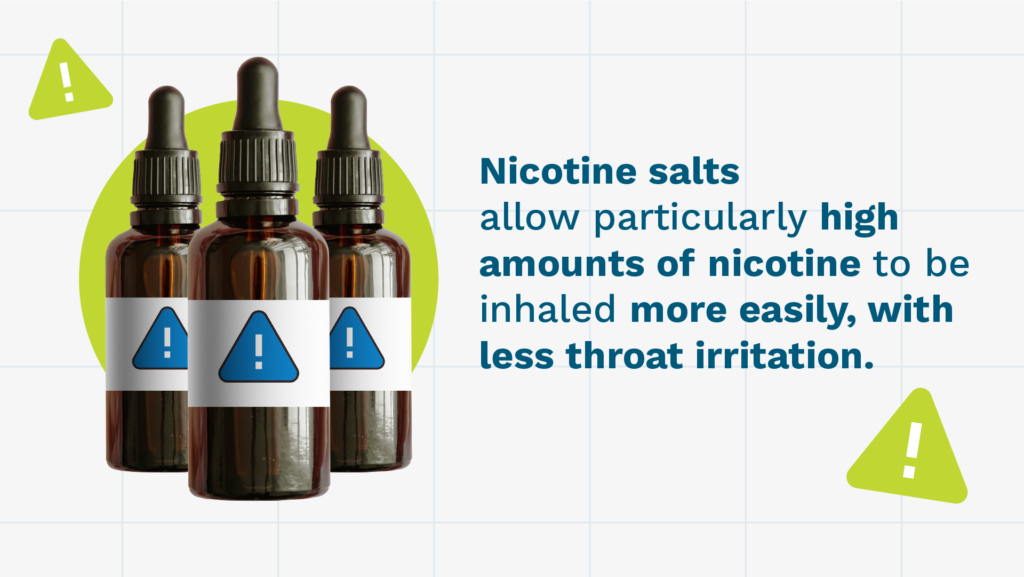
“Existing research that compared e-cigarettes with normal cigarettes found that cigarette contaminants are much lower in e-cigarettes. The problem is that e-cigarette aerosols contain other completely uncharacterized chemicals that might have health risks that we don’t yet know about,” the environmental health and engineering professor added. “More and more young people are using these e-cigarettes and they need to know what they’re being exposed to.” [12]
When Tobacco Free Florida launched in 2007, e-cigarettes were virtually nonexistent – the product was in its infancy and certainly had not yet reached the point of exploding into the public consciousness.
Dr. Jamie Garfield, spokesperson for the American Lung Association, recently said about e-cigarettes, “They’re not safe — but are they safer? Maybe. We can’t really make statements about these products’ safety because we have no real clarity about what’s inside them.” He added that “one of the biggest concerns I have with e-cigarettes is… they created another generation of nicotine addiction. That’s really where I have such a problem in supporting them in any way.”[13]
E-cigarette use, especially among youth, is still an epidemic. Despite being fairly new, these products quickly became the most common way Florida middle and high schoolers encounter nicotine. In 2022, just 1.1% of Florida youth ages 11-17 used cigarettes and 10.6% were currently using electronic vapor products. The good news is, through education and increased awareness of the health risks e-cigarettes pose, Tobacco Free Florida and the public health community are turning the tide on e-cigarette use. Current e-cigarette use among Florida’s young people is down by almost one-third since 2018.[14]
Electronic vapor products like e-cigarettes are a new and constantly changing chapter in Big Tobacco’s deadly playbook. While it is still in the early days of researching things like the long-term health effects and there is no quick and easy proportion comparing an e-cigarette puff to use of a combustible cigarette, all forms of nicotine and tobacco use are best avoided. E-cigarettes are not approved cessation devices.
If you’re looking to quit any form of nicotine, know that you can do it and Tobacco Free Florida can help. Learn more about Tobacco Free Florida’s free and proven-effective resources here.
References
[1] U.S. Department of Health and Human Services. Smoking Cessation. A Report of the Surgeon General. Atlanta, GA: U.S. Department of Health and Human Services, Centers for Disease Control and Prevention, National Center for Chronic Disease
Prevention and Health Promotion, Office on Smoking and Health, 2020.
[2] Raymond BH, Collette-Merrill K, Harrison RG, Jarvis S, Rasmussen RJ. The Nicotine Content of a Sample of E-cigarette Liquid Manufactured in the United States. J Addict Med. 2018 Mar/Apr;12(2):127-131. doi: 10.1097/ADM.0000000000000376. PMID: 29280749.
[3] Buettner-Schmidt K., Miller D., Balasubramanian, N. Electronic Cigarette Refill Liquids: Child-Resistant Packaging, Nicotine Content, and Sales to Minors. Journal of Pediatric Nursing. Volume 31, Issue 4, P373-379, July 2016. https://doi.org/10.1016/j.pedn.2016.03.019. [accessed 27 January 2023.]
[4] Prochaska JJ, Vogel EA, Benowitz N. Nicotine delivery and cigarette equivalents from vaping a JUULpod. Tob Control. 2022 Aug;31(e1):e88-e93. doi: 10.1136/tobaccocontrol-2020-056367. Epub 2021 Mar 24. PMID: 33762429; PMCID: PMC8460696.
[5] Prochaska JJ, Vogel EA, Benowitz N. Nicotine delivery and cigarette equivalents from vaping a JUULpod. Tob Control. 2022 Aug;31(e1):e88-e93. doi: 10.1136/tobaccocontrol-2020-056367. Epub 2021 Mar 24. PMID: 33762429; PMCID: PMC8460696.
[6] Cooper M, Park-Lee E, Ren C, Cornelius M, Jamal A, Cullen KA. Notes from the Field: E-cigarette Use Among Middle and High School Students — United States, 2022. MMWR Morb Mortal Wkly Rep 2022;71:1283–1285. DOI: https://dx.doi.org/10.15585/mmwr.mm7140a3.
[7] Maciej L. Goniewicz, Ph.D., Tomasz Kuma, M.Pharm., Michal Gawron, M.Pharm., Jakub Knysak, M.Pharm., Leon Kosmider, M.Pharm., Nicotine Levels in Electronic Cigarettes, Nicotine & Tobacco Research, Volume 15, Issue 1, January 2013, Pages 158–166, https://doi.org/10.1093/ntr/nts103
[8] Kuiper N, Coats EM, Crawford TN, Gammon DG, Loomis B, Watson CH, et al. Trends in Manufacturer-Reported Nicotine Yields in Cigarettes Sold in the United States, 2013–2016. Prev Chronic Dis 2020;17:200205. DOI: https://dx.doi.org/10.5888/pcd17.200205
[9] Shamout M, Tanz L, Herzig C, et al. Notes from the Field: Characteristics of E-cigarette, or Vaping, Products Confiscated in Public High Schools in California and North Carolina — March and May 2019. MMWR Morb Mortal Wkly Rep 2020;69:1552–1554. DOI: https://dx.doi.org/10.15585/mmwr.mm6942a7.
[10] Tehrani M., Newmeyer M., Rule, A., and Prasse, C.; Characterizing the Chemical Landscape in Commercial E-Cigarette Liquids and Aerosols by Liquid Chromatography–High-Resolution Mass Spectrometry. Chem. Res. Toxicol. 2021, 34, 10, 2216–2226. Publication Date:October 5, 2021. https://doi.org/10.1021/acs.chemrestox.1c00253. [accessed 27 January 2023.]
[11] Rosen, J. “Johns Hopkins Researchers Find Thousands of Unknown Chemicals in Electronic Cigarettes.” https://hub.jhu.edu/2021/10/07/vaping-unknown-chemicals/. October 7, 2021. [accessed 27 January 2023.]
[12] Rosen, J. “Johns Hopkins Researchers Find Thousands of Unknown Chemicals in Electronic Cigarettes.” https://hub.jhu.edu/2021/10/07/vaping-unknown-chemicals/. October 7, 2021. [accessed 27 January 2023.]
[13] “Is Vaping Any Healthier Than Smoking?”, Kirstie Ganobsik, HealthDay. https://consumer.healthday.com/is-vaping-any-healthier-than-smoking-2659388555.html. February 9, 2023. [accessed 9 February 2023.]
[14] Florida Youth Tobacco Survey, 2022.


